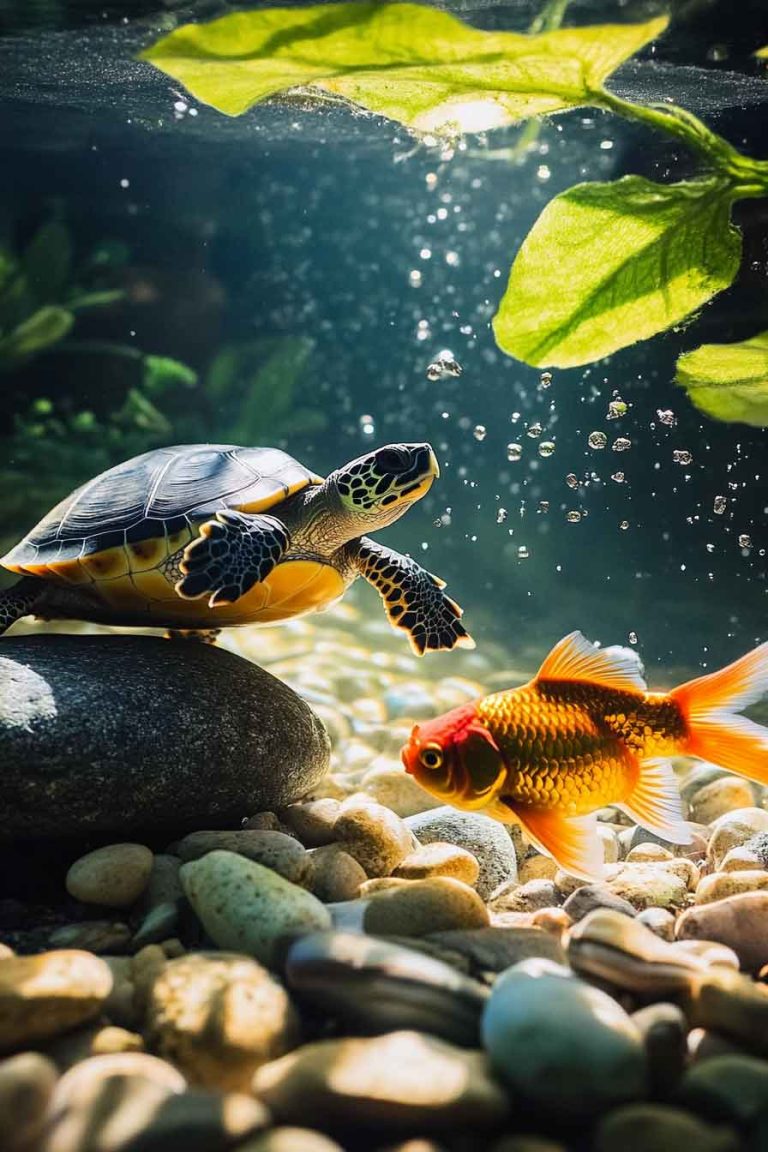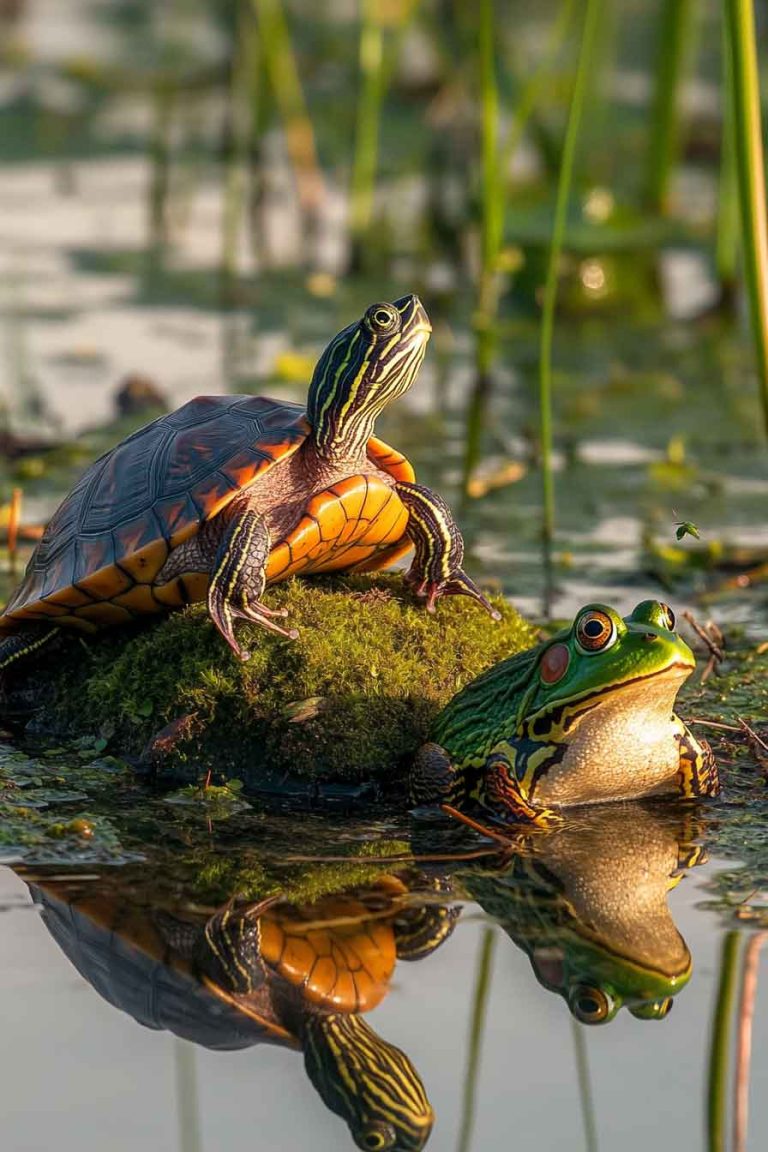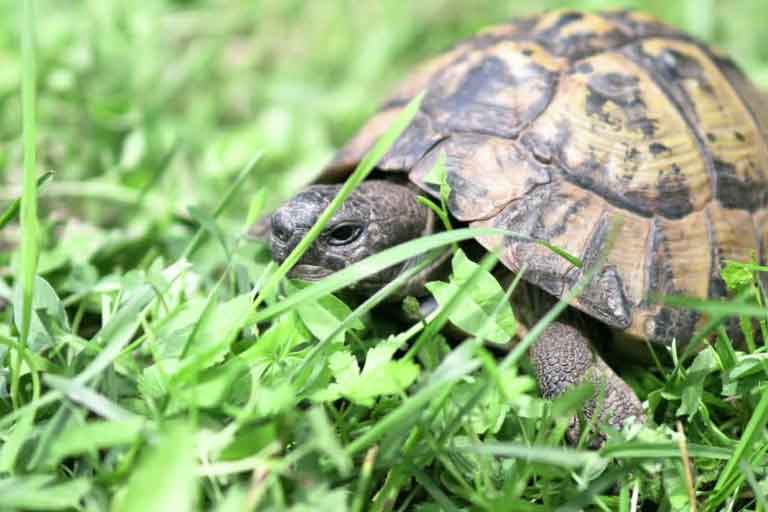Can You Train a Turtle? | Simple Training Tips for Turtle Owners
If you’ve ever wondered whether your turtle is just a floating rock with legs or if it can actually learn things—welcome to the club. I used to think turtles were too slow and stubborn to be trained. But the truth is, with the right approach, turtles can surprise you. Yes, you can train a turtle….
If you’ve ever wondered whether your turtle is just a floating rock with legs or if it can actually learn things—welcome to the club. I used to think turtles were too slow and stubborn to be trained. But the truth is, with the right approach, turtles can surprise you.
Yes, you can train a turtle. It takes patience, repetition, and a whole lot of snacks—but it’s totally doable. Whether you want your turtle to come when called, respond to feeding time, or follow your finger, I’ve tried it all—and I’ll walk you through everything you need to know.
Let’s start with the basics.
Are Turtles Smart Enough to Be Trained?
They might not solve puzzles like dogs or mimic words like parrots, but turtles are smarter than most people give them credit for. I’ve seen mine recognize routines, remember where food comes from, and even respond to my hand movements.
They don’t think like we do—but they can learn patterns. That’s the key. If a turtle can associate your actions with something rewarding (like food), they’ll adapt. It’s all about repetition and building trust.
What Kinds of Training Can You Do With a Turtle?
Here’s what I’ve personally done with my turtle—and what other keepers commonly teach:
1. Target Training (Follow Your Finger or an Object)
This is the simplest one to start with. I trained my turtle to follow a red feeding stick. Every time I moved it, he’d swim toward it because he knew food was coming.
How to do it:
- Choose a small object or use your finger.
- Show it in front of your turtle before feeding.
- Repeat at every meal.
- Eventually, your turtle will swim toward it, even without food visible.
It’s like basic clicker training—but turtle-style.
2. Coming When Called
Yes, it sounds silly—but my turtle actually comes to the front of the tank when I say his name (well, most of the time). It didn’t happen overnight, but after a few weeks of saying his name before dropping food, he caught on.
Tip: Use a consistent sound or name, and pair it with feeding every time. Keep your voice calm and steady. Turtles respond to tone and repetition more than anything.
3. Feeding from Hand or Feeding Spot
One of the most practical things I trained my turtle to do was eat from a specific spot in the tank. At first, food would float everywhere, and cleaning was a pain. But once I started feeding in the same spot every time, he began going there as soon as he saw me walk in.
Eventually, I got him comfortable eating right from my fingers. It took trust and consistency—but now it makes feeding way easier.
How to do it:
- Choose a calm, shallow area of the tank.
- Drop food there at the same time daily.
- Stay nearby, and don’t move suddenly.
- Slowly introduce your hand once they’re used to the spot.
Be careful not to rush it—turtles can get startled easily. I learned to be patient and let him decide when he was ready.
4. Learning Tank Routine
Believe it or not, turtles are creatures of habit. I trained mine to recognize when it’s basking time, feeding time, and even when lights go off.
How?
It all came down to keeping the tank routine consistent—lights on and off at the same times, feeding on schedule, and not randomly changing decorations or moving the tank.
Over time, your turtle starts adjusting to the rhythm of the day. When lights go on, they head to the basking dock. When you approach at feeding time, they come to the glass.
Tips for Successfully Training Your Turtle
Training turtles isn’t like training dogs—it’s slower and more subtle. But it works. Here are the biggest tips I’ve learned:
1. Be Patient and Consistent
It can take weeks before your turtle responds. Don’t give up after a couple of tries. Keep using the same cues and routines. I repeated the same action for 10 days before I saw the first real response.
2. Use Food as Positive Reinforcement
This is the secret sauce. Turtles are extremely food-motivated. Pair every cue or training step with a small food reward, and they’ll catch on much faster.
Stick to small pieces of food they love—like shrimp, pellets, or leafy greens—so they don’t get overfed.
3. Keep Sessions Short
Your turtle has a short attention span. Keep training moments under 5 minutes, and never force it. If they retreat, back off and try again later.
Common Mistakes to Avoid When Training a Turtle
Even though turtles can learn, it’s easy to make a few mistakes that slow everything down. I’ve been guilty of some of these myself—so here’s what to watch out for.
❌ 1. Moving Too Fast
Turtles need time to process new experiences. If you try to force a result in one or two sessions, they’ll get scared and retreat more. Slow and steady wins every time.
❌ 2. Inconsistent Training
If one day you feed by hand, the next by dropping food randomly, and the next by tapping the glass—it confuses them. Pick one method and stick to it.
❌ 3. Overhandling
Too much physical interaction during training can lead to stress. Turtles aren’t cuddly pets—they prefer calm observation and routine. Always train with respect for their space.
FAQs
1. How long does it take to train a turtle?
It depends on the turtle and the goal. Simple things like feeding at a certain spot can take just a few days. Target training or coming when called may take a few weeks. Be patient—it’s worth it.
2. Can baby turtles be trained?
Absolutely! In fact, younger turtles are often more curious and adaptable. Just be gentle—they’re more sensitive to changes in light, water, and sound.
3. Can turtles recognize their owners?
Yes, many turtles recognize the person who feeds them. They might not “love” you like a dog would, but they’ll associate your presence with safety and food—and that’s the foundation for training.
Final Words
So, can you train a turtle? Totally. It’s not about teaching tricks or making them do flips. It’s about communication, trust, and routine. Once I started building those with my turtle, it opened up a whole new bond between us.
Just remember—turtles work on their own timeline. But with a little consistency and a lot of patience, they’ll start to respond in ways you never expected.
Give it a try. Your turtle might just surprise you.







